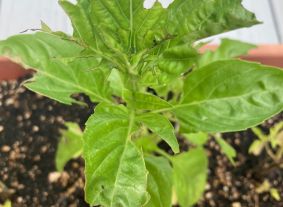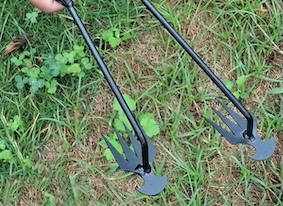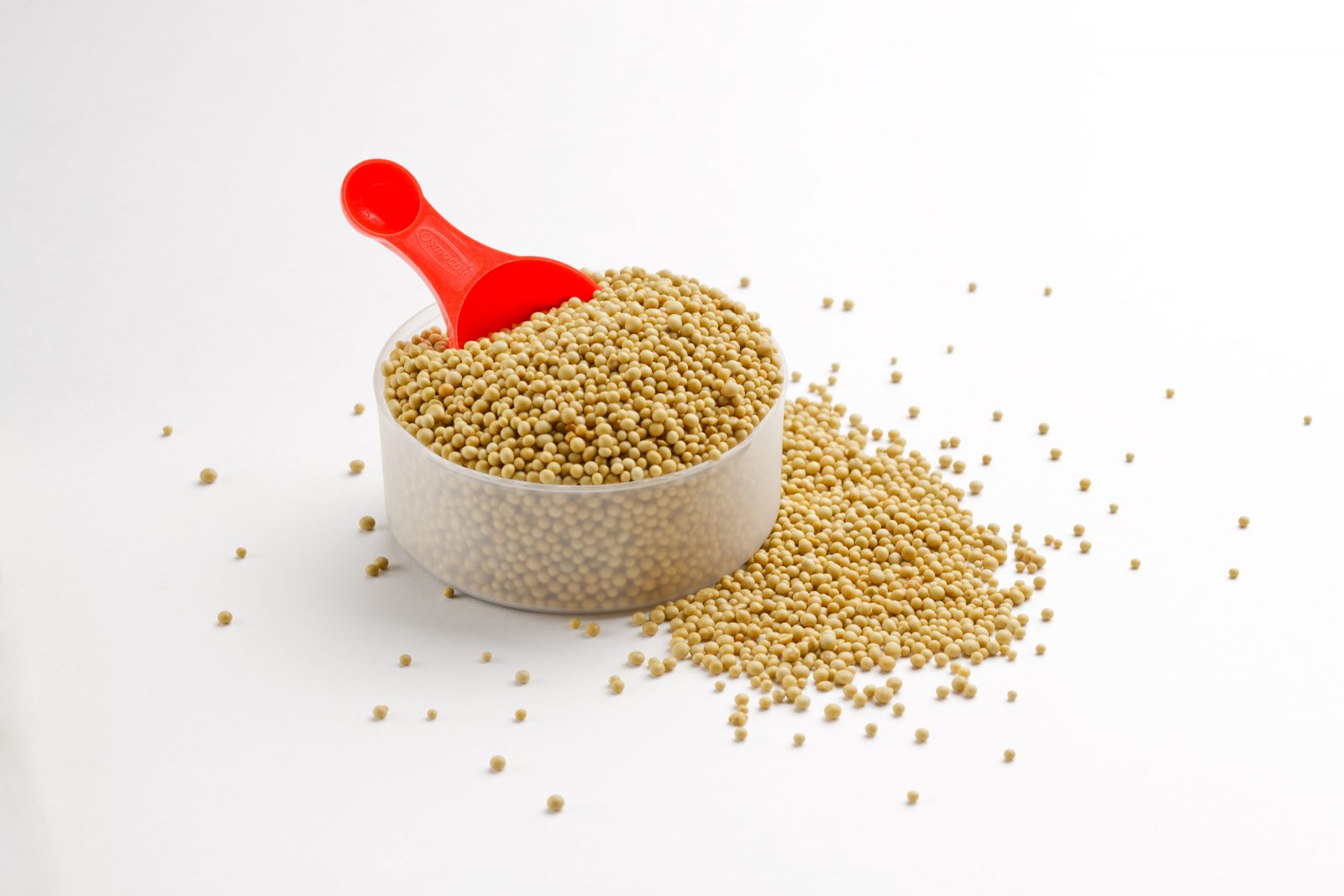A New Control Method for Earwigs
Views: 410

Earwigs have been devastating my vegetable garden this year. They’ve been running rampant in my garden and yard for a few years now, but this summer I finally had confirmation that earwigs were the culprit of some pretty darn-awful chewing damage on the leaves of nearly every purposefully grown plant (i.e. everything but the weeds) in the vegetable and flower gardens.
Why the confirmation this summer and not before? Earwigs do most of their damage under cover of darkness. Think of where you saw your last earwigs. In your mailbox, maybe? Or under a now-moist cardboard box you left outside overnight, perhaps? They hide in dark places. And they only time they freely roam around in a garden is at night. Hence, I have not actually seen these pests as they munch on the leaves of my peppers and basil. Even my mint plant has had its leaves gnawed on. And I thought aromatic herbs like basil and mint would deter whatever chewing insect was having its way with my garden. Gosh, was I wrong about that.
The culprit was confirmed by an entomologist friend. I hadn’t seen Suzanne in about a year. I spotted her walking toward me at a trade show, opened my phone to the photo reel, and stuck photos of pepper leaf damage in front of her eyes (I’m not even sure I said hello). “Earwigs,” she said.
“Do people do this to you all day?” I asked.
“Yes,” she said. “Yes, they do.”
Earwig Damage
Earwigs reveal their presence by the leaf damage they leave behind. Leaves are “skeletonized;” that is, most of the single leaf is chewed with just the midrib and the bigger veins left to stand. It does seem that earwigs prefer the newer leaves on a plant. This essentially stops the plant from growing bigger. It also slows or halts fruit development.
Talking to friends in various parts of the country, it seems that earwigs and their path of destruction in the garden have been on the rise this summer. And that makes sense, since it’s been both a warm and moist season. And their growth of the plants they love to nibble on—peppers, eggplant, herbs, hostas and other ornamental plants—has been good, too, considering those conditions.
A Product That Works Against Earwigs
Suzanne was gracious to not only identify the damage as earwigs but also to provide a solution. She suggested applying a granular form of Spinosad. Spinosad is a natural substance made by a soil bacterium that can be toxic to insects. I’ve written about Spinosad in Just Veggies previously. It’s a component of a product called Captain Jack’s Deadbug Brew from Bonide. This “Brew” is a liquid that can be sprayed onto plants, while Suzanne recommended a granular, or dry, application. I found a product online, Ant Adios from a company called Sunday, that is a granular form, so gave that a try.
Within two days of applying a sprinkling of Ant Adios at the base of each plant, new undamaged growth from the growing tips of the plants started to appear. The instructions said to not apply more frequently than every four days, and in the three weeks since my first application I have not had to apply more than twice. And since it’s a granular form and not a liquid, I didn’t need to reapply after this summer’s frequent rains. (NOTE: As with any control method for insects, please do read the instructions thoroughly before use, and be especially careful about touching the product and washing your hands.)
Since applying Ant Adios my pepper plants have started to produce fruits again and my herbs are gaining steam. Were I given the chance to rename this product, I’d most certainly call it Earwig Adios.
Meet Ellen Wells
When you’re raised on a farm, you can’t help but know a thing or two about gardening. Ellen Wells is our expert on edible gardening.…







